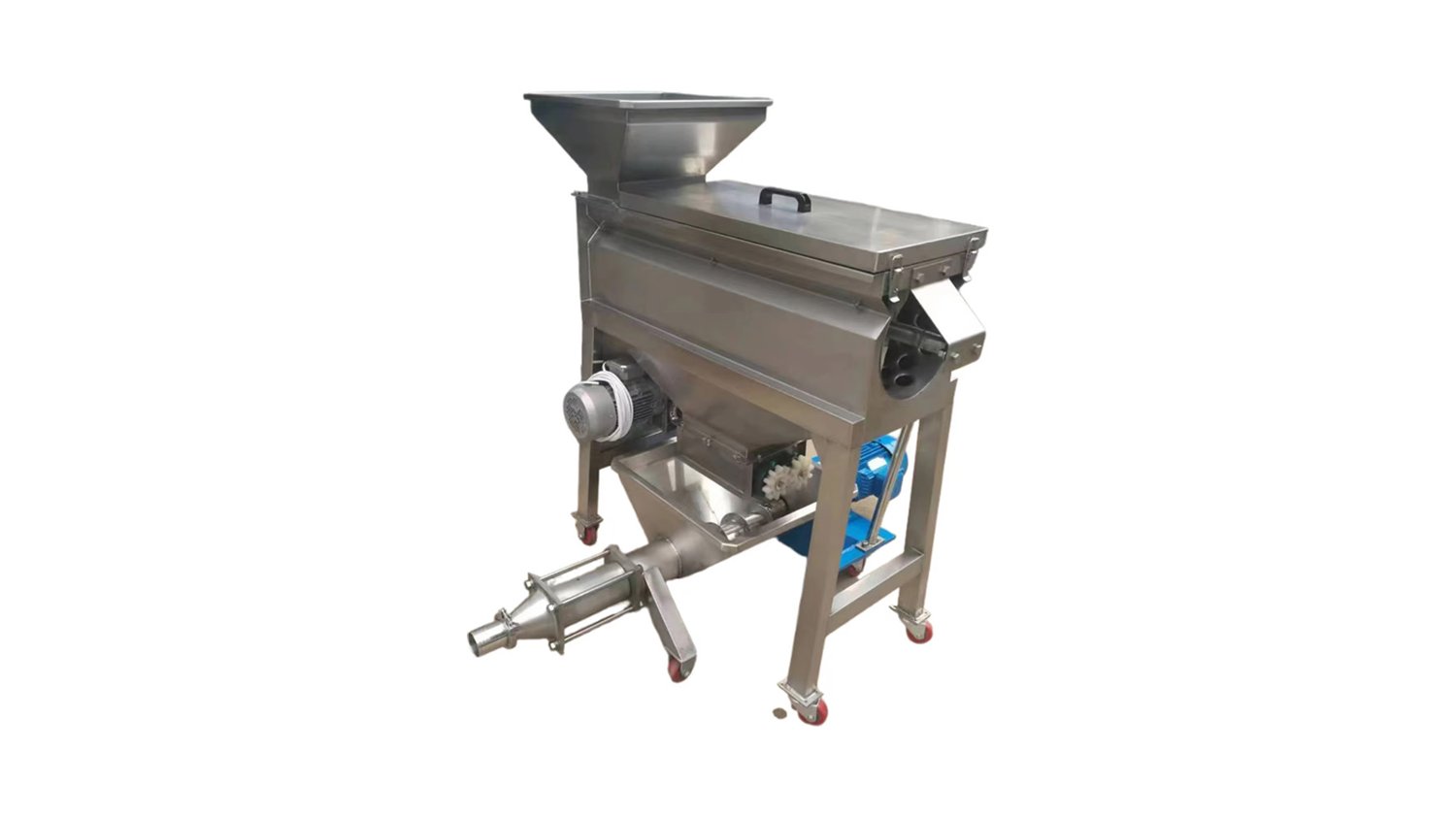Increased Efficiency in Processing
Automation has revolutionized post-harvest handling by streamlining the processing of crops. With automated systems in place, tasks such as sorting, washing, and packaging can be done at a much faster pace, increasing overall efficiency in the supply chain.
Enhanced Quality Control
Automation in Post-Harvest Handling allows for better quality control measures to be implemented. Sensors and cameras can detect defects in produce, ensuring that only high-quality products make it to market. This results in reduced waste and higher customer satisfaction.
Optimized Storage Solutions
Automated storage systems have transformed the way crops are stored after harvest. These systems monitor temperature, humidity, and other factors to create optimal storage conditions, prolonging the shelf life of produce and reducing spoilage.
Cost Savings in Labor
By automating post-harvest handling processes, farmers and businesses can save on labor costs. Automated systems can perform tasks that would otherwise require multiple workers, leading to significant cost savings in the long run.
Improved Traceability and Transparency
Automation allows for better traceability of crops throughout the supply chain. Each step of the post-harvest process can be easily tracked and monitored, increasing transparency and accountability in the industry.
Reduced Environmental Impact
Automated systems in post-harvest handling can help reduce the environmental impact of agriculture. By optimizing processes and reducing waste, automation contributes to sustainability efforts in the industry.
Enhanced Safety Standards
Automation ensures compliance with strict safety standards in post-harvest handling. By automating tasks that pose safety risks to workers, such as handling sharp tools or heavy machinery, the risk of accidents and injuries is significantly reduced.
Improved Speed to Market
Automated post-harvest handling results in quicker processing and delivery of crops to market. This increased speed to market allows for fresher produce on shelves and reduces the likelihood of spoilage during transportation.
Integration of Data Analytics
Automation in post-harvest handling enables the collection and analysis of data that can be used to optimize processes further. By utilizing data analytics, businesses can make informed decisions to improve efficiency and profitability.
Adaptability to Market Demand
Automated systems in post-harvest handling are highly adaptable to changing market demands. By adjusting settings and parameters, businesses can respond quickly to fluctuations in demand and make necessary changes to production and processing.
Quote Inquiry
contact us

